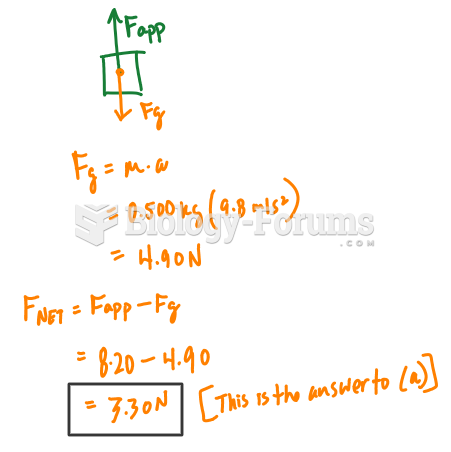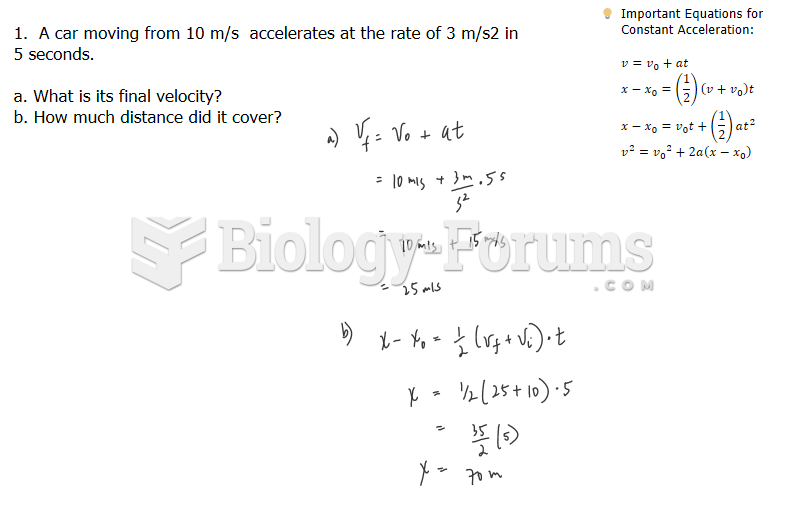Answer to Question 1
Hunger is the general term referring to the lack of basic food required for energy and for meeting nutritional needs such that the individual is able to lead a normal, healthy life. Malnutrition is the lack of essential nutrients, such as specific amino acids, vitamins, and minerals, and undernourishment is the lack of adequate food energy (usually measured in calories).
Answer to Question 2
Pollution control and pollution prevention are not the same. Pollution control involves adding a filter or some other device at the end of the pipe' to prevent pollutants from entering the environment. The disposal of the captured pollutants still has to be dealt with, and this entails more regulation and control. Pollution prevention, by contrast, involves changing the production process, the materials used, or both so that harmful pollutants won't be produced in the first place.
Pollution prevention often results in better product or materials management; that is, less wastage. Thus, pollution prevention frequently creates a cost savings. A second angle on pollution avoidance is substitution; that is, finding nonhazardous substitutes for hazardous materials. A third approach is reuse; that is, cleaning up and recycling solvents and lubricants. Some military bases, for example, have been able to distill solvents and reuse them, instead of discarding them into the environment. Finally, pollution avoidance can also be applied to the individual consumer. So far as you are able to reduce or avoid the use of products containing harmful chemicals, you are preventing those amounts of chemicals from going into the environment. You are also reducing the by-products resulting from producing those chemicals.






